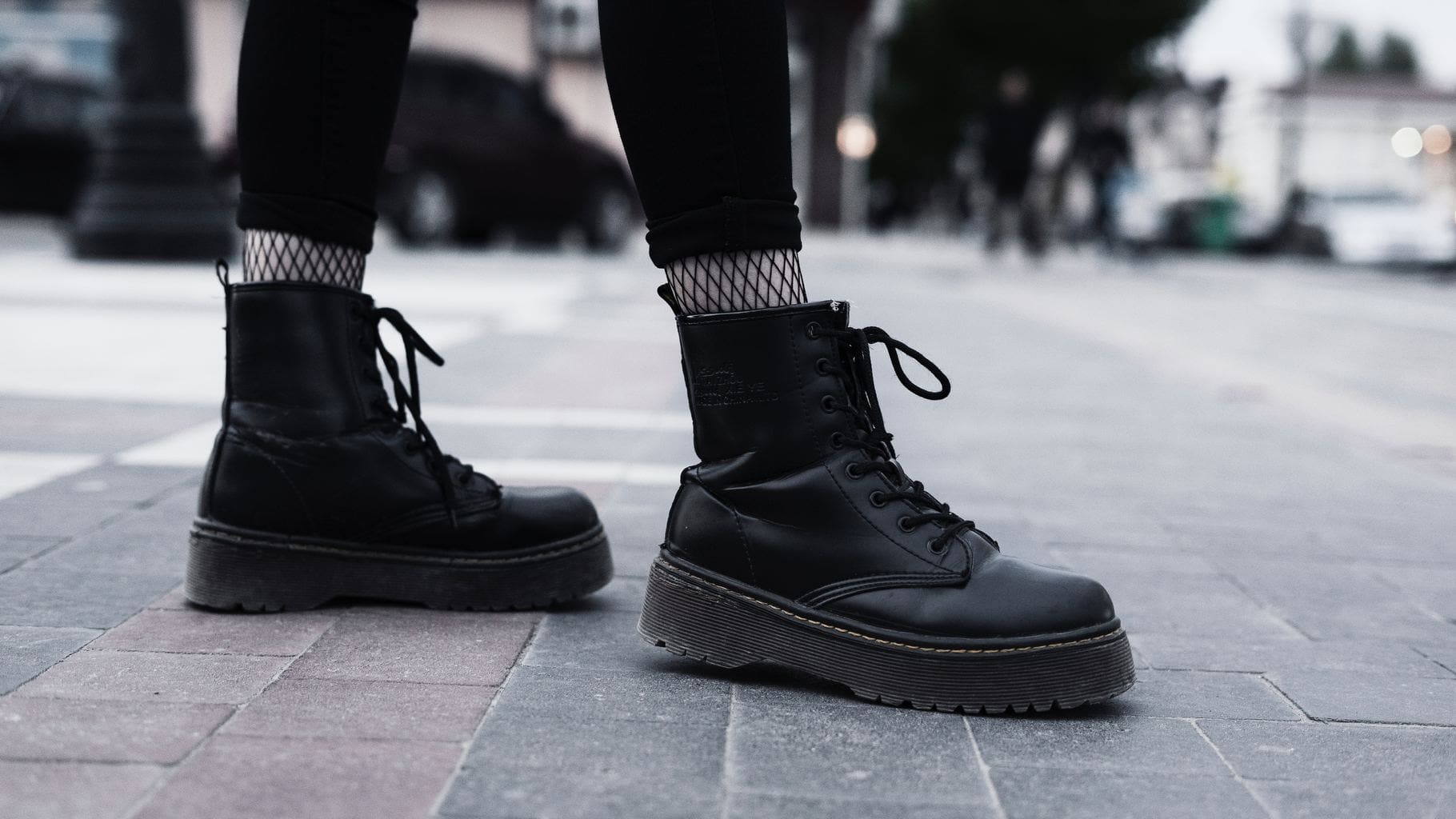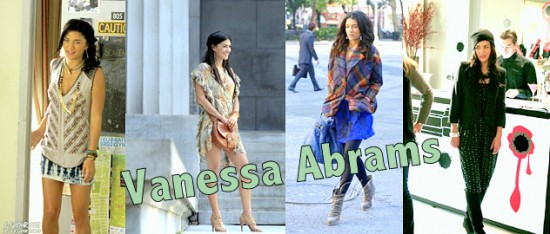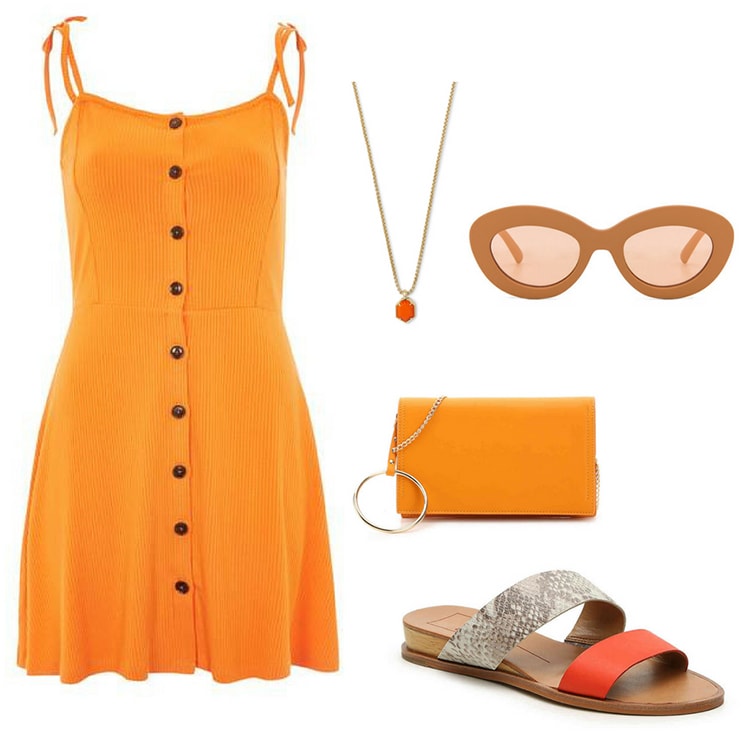A History of Counterculture: Punk
From poodle skirts to Instaglam, and cloche hats to bell bottoms, the history of mainstream fashion is well-known to the everyday fashionista. But not all aspects of fashion are mainstream. This semester, I’ll be exploring the history of counterculture movements – and how they differ from the fashion history you already know.

Last time, I discussed goths, a group that emerged in the late 1970s whose fashion and lifestyle choices reflected fascination with the morbid and supernatural. However, their fashion influences start with a slightly earlier movement: punks.
This group of rebellious followers of loud, aggressive punk rock music emerged in the mid-1970s as a reaction to excess and pretension in mainstream culture.
Table of Contents
Influences
While punk is not considered an academic term, the punk spirit has influences in surprisingly complex aspects of culture. Punks, especially in the movement’s infancy, tended towards political anarchism, possibly influenced by dystopian literature such as George Orwell’s 1984; towards working-class sensibilities inspired by the portrayals in Charles Dickens’ novels; towards organized rebellion motivated by the writings of Karl Marx; towards irreverence about popular culture similar to the Dadaist movement in modern art. Punk art commonly contains themes of anti-establishment, minimalism, and satire.
In addition to being inspired by several formal ideologies, punk subculture and fashion was also inspired by several older counterculture movements. In particular, punks wore leather, denim, t-shirts, and chains that were inspired by bikers, greasers, and rockers of previous decades. The beatniks of the 1950s and ’60s contributed a sensibility for all-black, and a disregard for conventional notions of morality.


















